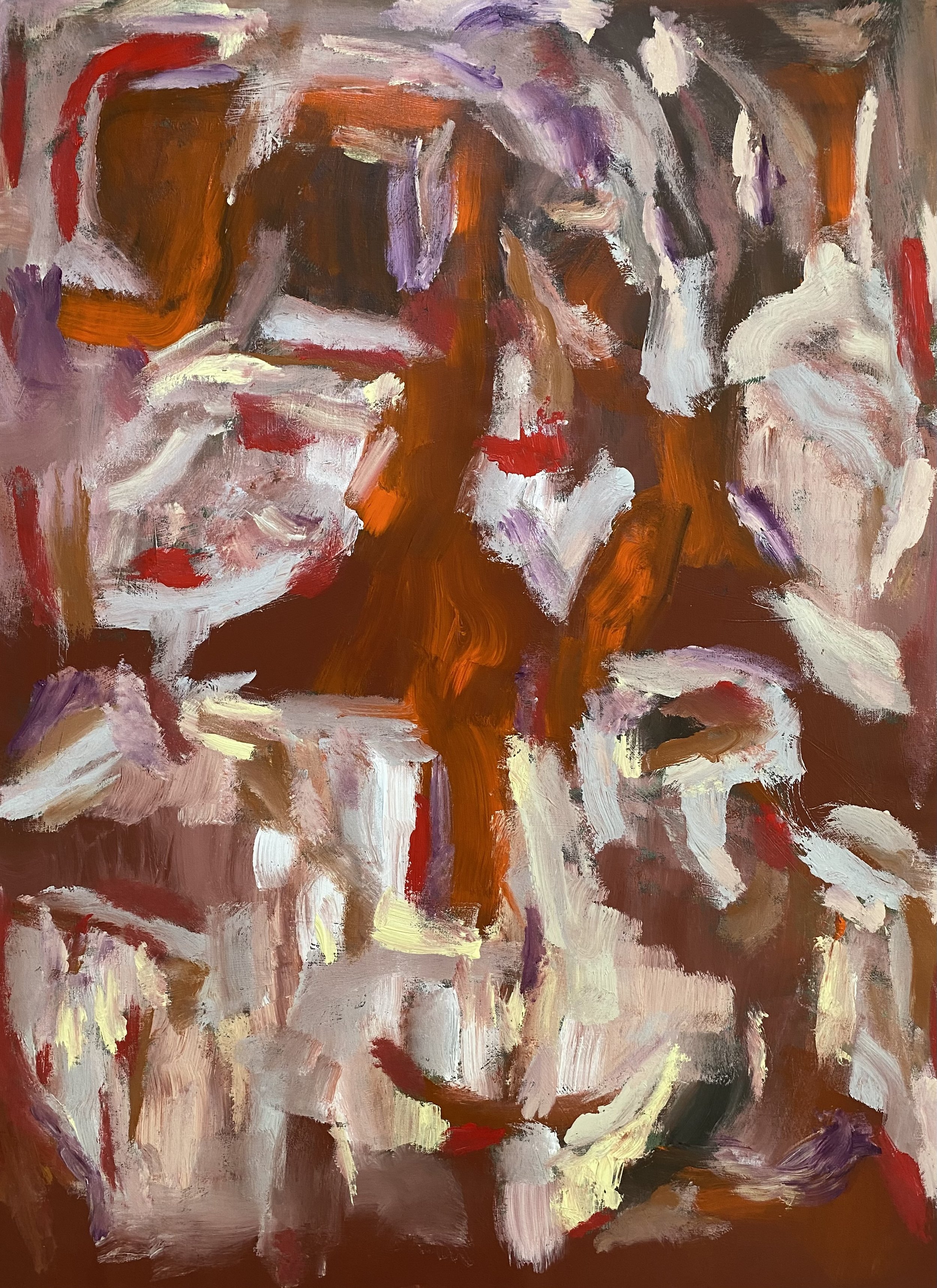
Fault Line
When old structures, identities, and beliefs begin to break down, it creates space for new possibilities to emerge. This process of rupture and collapse isn’t simply about destruction—it’s a catalyst for radical change and personal reinvention. In the chaos that follows, there is an opportunity to move beyond past limitations and step into an uncharted, transformative space, where new growth and self-discovery can take root.
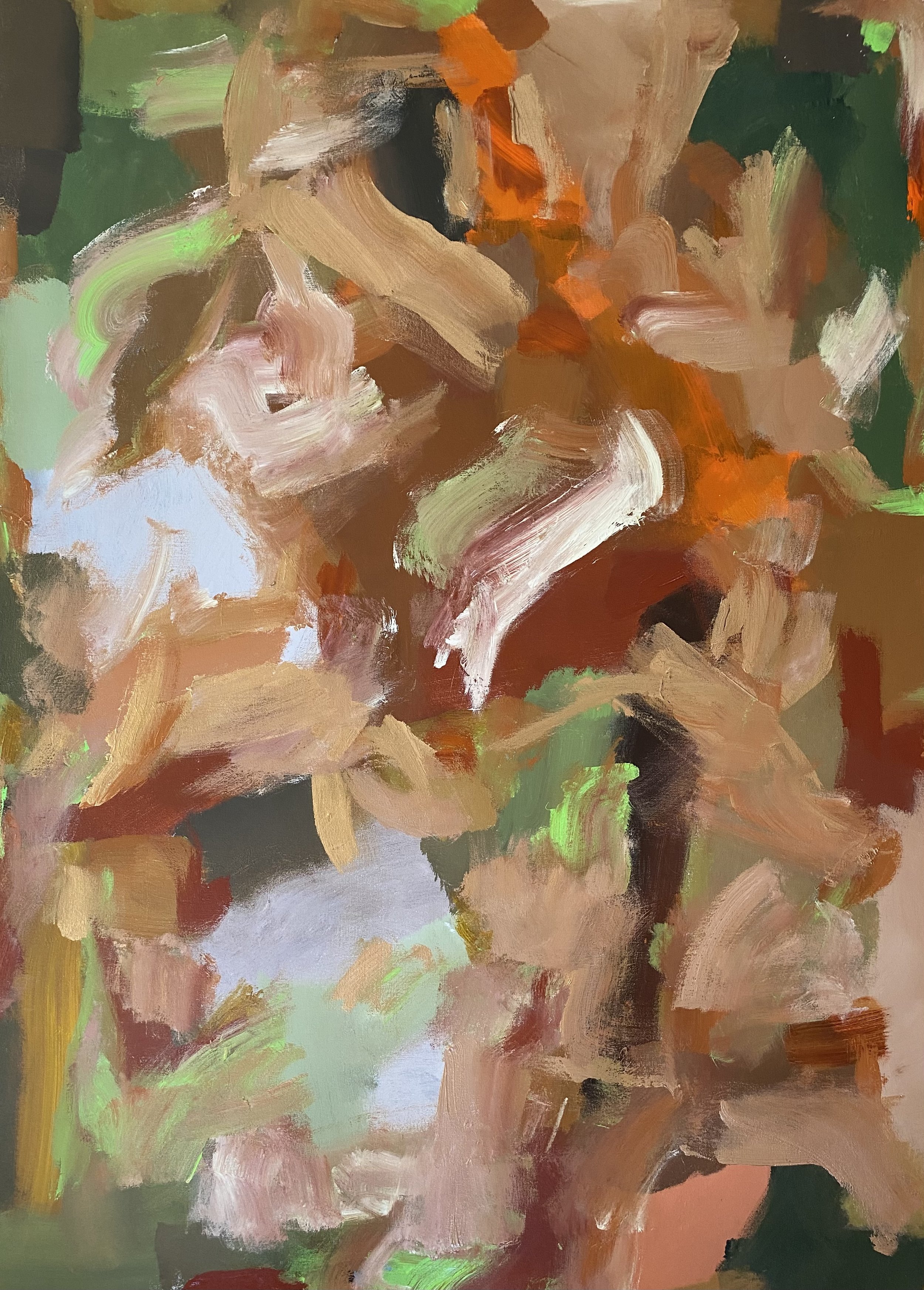
Tessellate
We are shaped by repetition—thoughts that loop, bodies that brace, histories that repeat. The mind carves familiar pathways, the body holds old imprints, and the world mirrors what we unconsciously carry. But nothing is fixed. Even bone is fluid, capable of reshaping. It’s the rigidity of thought and emotion that binds us. The work of transformation is in breaking, rearranging, and reconfiguring—fracturing the inevitable just enough to create something new.
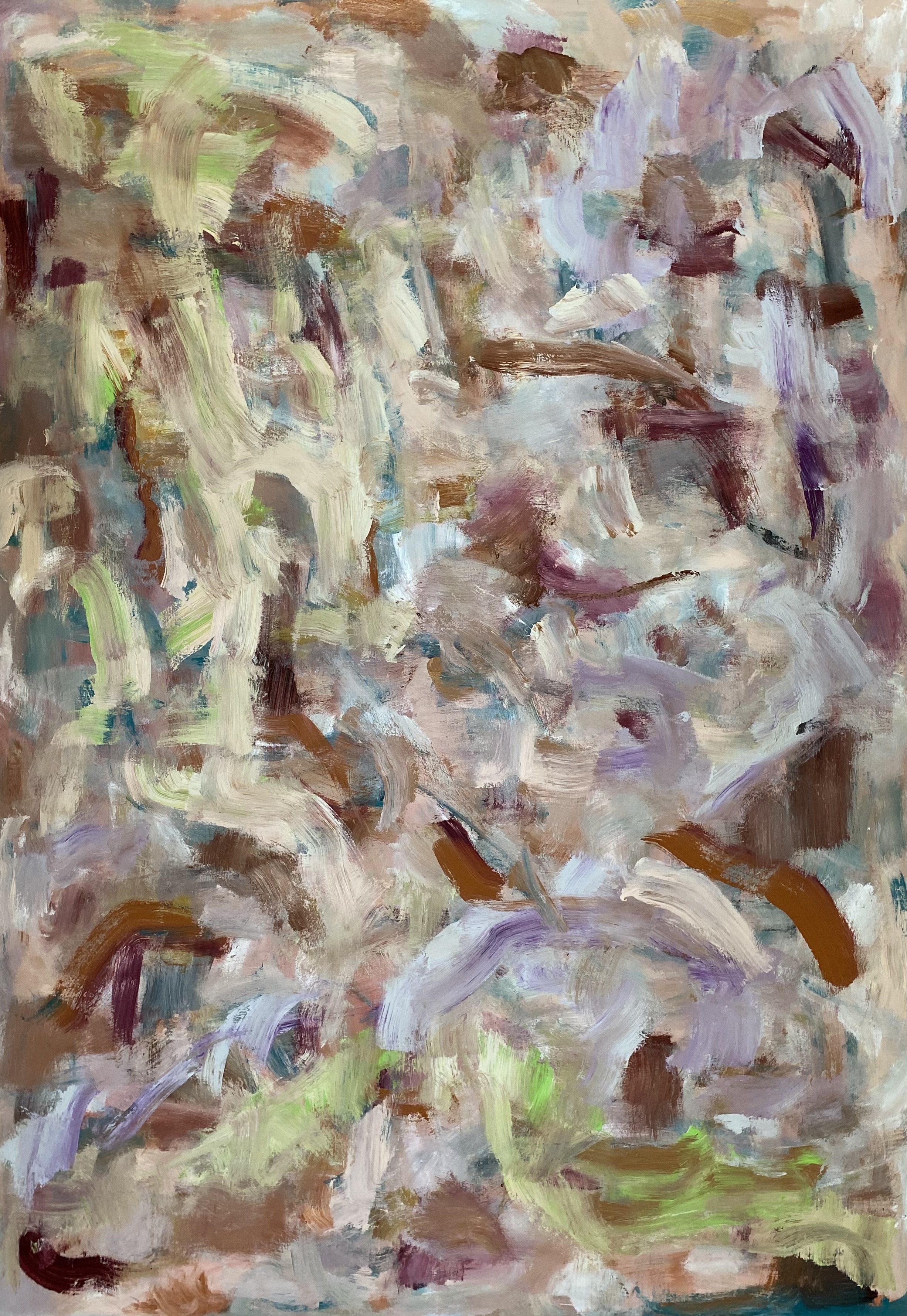
Meaning Is Forged
Meaning is not discovered; it is created. In a world that offers no inherent purpose, we must carve our own path, shaping significance through the choices we make and the values we uphold. Meaning is an active pursuit, forged in the fire of uncertainty and solidified through action. When we take ownership of this process, our sense of purpose becomes unshakable—something no loss or failure can strip away.

Joy Is Vulnerable
Joy is often seen as fragile, something that can be taken away. But the real risk is not in feeling joy—it’s in withholding it. When we allow joy to arise freely, without condition, it becomes more than a passing moment. It becomes a way of being—one rooted in presence, resilience, and liberation.

Veins Of Gold
The world will try to break you, to turn your pain into poison, to shape you into a reflection of its own brutality. But there are those who refuse—who take in the suffering without becoming what caused it. This is not about innocence but defiance. A choice made in the deepest fractures: to let pain pass through without taking root, to remain whole where others harden. Gold runs through the broken places—not as a reward, but as proof.

More Than One Truth
We are taught to seek certainty, to force the world into clean lines of right and wrong. But truth is not neat—it burns, fractures, and refuses containment. Healing asks us to embrace paradox, to hold grief and joy, damage and reclamation, loss and survival all at once. More than one truth exists, and within that multiplicity, we find something undeniable, something real.

Cryptic Coloration
We learn young how to vanish without leaving. How to bend, soften, erase ourselves just enough to avoid danger but never enough to be real. The body adapts, the mask fuses, and soon we forget what we were before we learned to hide. But the weight of invisibility is suffocating. At some point, we either keep disappearing or rip ourselves back into existence. Shedding the camouflage is raw, unsettling, dangerous—but staying hidden is the slowest kind of death.

Degenerate
To be cast out, to be marked as wrong for the abuses done to us, to feel like something that does not belong—these are the wounds that shape us. Shame seeps into the body, teaching us to apologize for our own existence, to assimilate for survival. But betrayal is a doorway. Humiliation is an initiation. To degenerate is not to fail but to come undone, to let terror and alienation decay so that something untamed and unbound can rise in its place. Breaking apart is not the end—it is the beginning of something the world has no name for.

Dystopian Beauty
When everything feels like it’s unraveling—governments failing, ecosystems collapsing, society fracturing—it’s easy to believe beauty has no place. But real beauty isn’t separate from destruction; it is woven into it. It emerges in the cracks of broken systems, in the rawness of survival, in the stark, unfiltered truth of the present. This is not about romanticizing suffering—it’s about refusing to look away, about seeing what is instead of retreating into illusion. In a world slipping deeper into dystopia, the ability to witness beauty in the wreckage is not just an act of perception, but an act of defiance.

Fracture meets form
The breaking point is where evolution happens. Fracture isn’t failure; it’s the raw material for something more whole, more alive. These times demand that we meet rupture with courage, that we lean into the places where everything cracks open and reassemble ourselves with deeper truth. When fracture meets form, new possibilities emerge—not despite the break, but because of it.
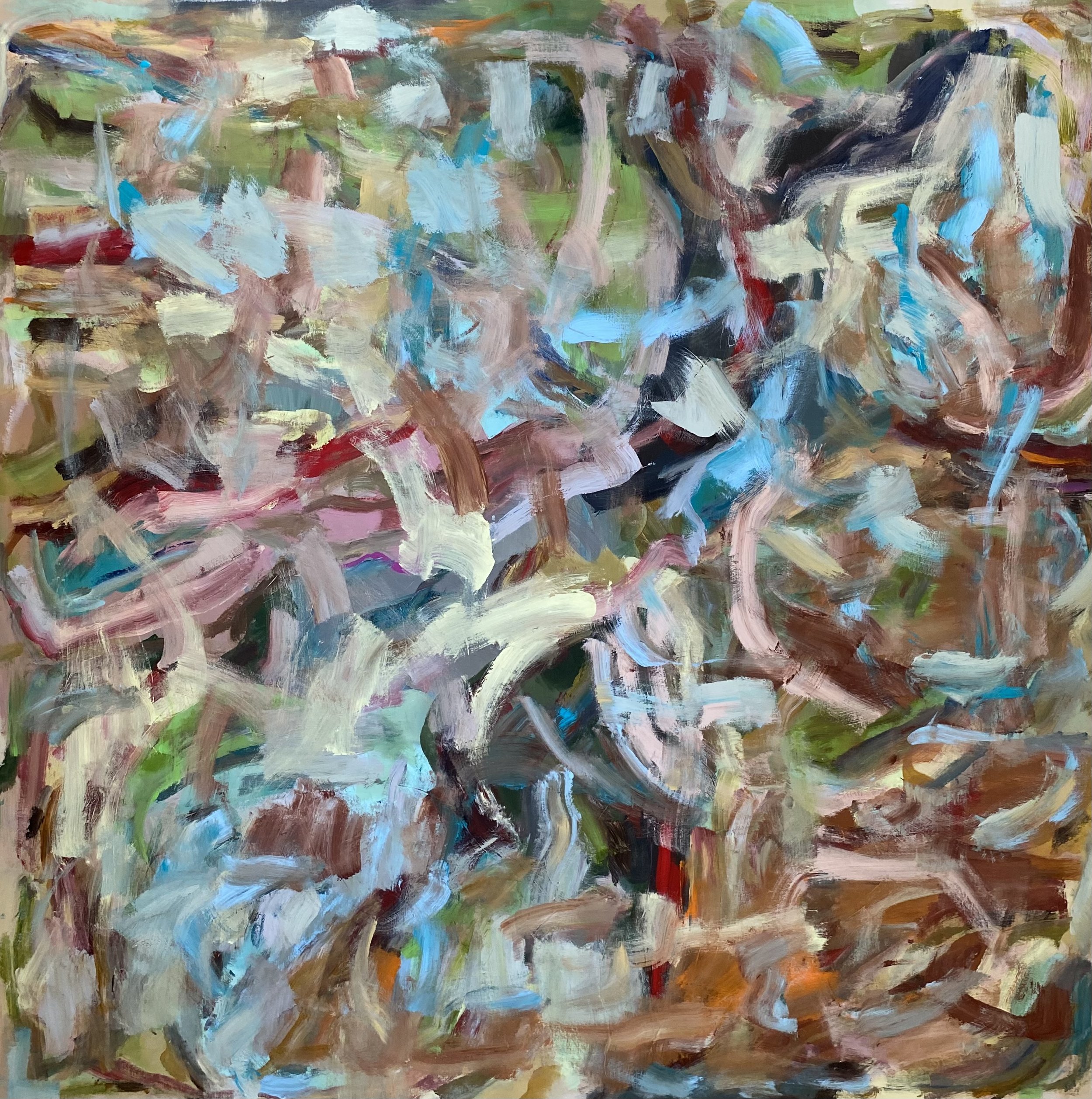
Disobey
Disobedience isn’t just an act of defiance—it’s a return to ourselves. When we shake off the chains of generational conditioning, socialized trauma, and the pressure to perform or conform, we make space for something raw, real, and alive. Trembling, resistance, upheaval—these are not signs of weakness but of transformation. True healing demands we disobey what keeps us small, reclaim what was stripped away, and step into the wild unknown of our own power.

Sea Foam
Sea foam is born from movement, from the relentless dance of water and wind. It is both a sign of life and a force of transformation—a reminder that agitation isn’t just destruction but creation in motion. From myth to ocean, it speaks of beauty rising from chaos, of Pegasus and Aphrodite, of unseen forces shaping what we become. What if, instead of resisting the churn, we trusted it to reveal something new?

Dangerous Places To Revisit
Some memories feel too dangerous to revisit, but avoiding them doesn’t make them disappear. True healing isn’t about forcing ourselves to relive the pain—it’s about growing the capacity to face it with presence, resilience, and the right support. When we have the tools to sit with what once shattered us, those fragments stop being threats and start becoming the raw material of our power.
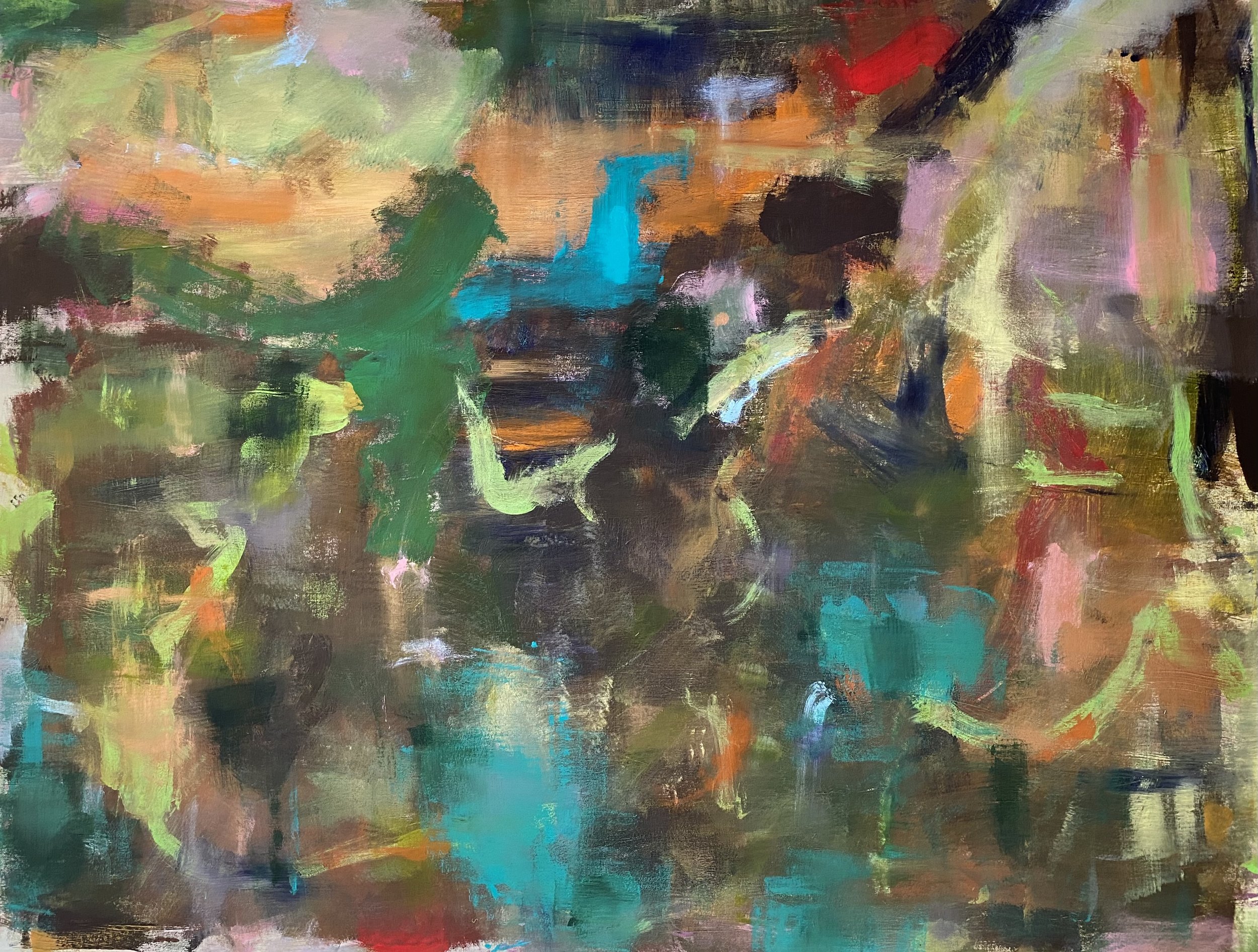
Collective Survival
Survival is not about dominance or isolation but about connection. As mammals, our nervous systems are wired for co-regulation—our well-being depends on the presence and support of others. The myth of self-sufficiency fractures us, while true strength lies in community, trust, and shared safety.
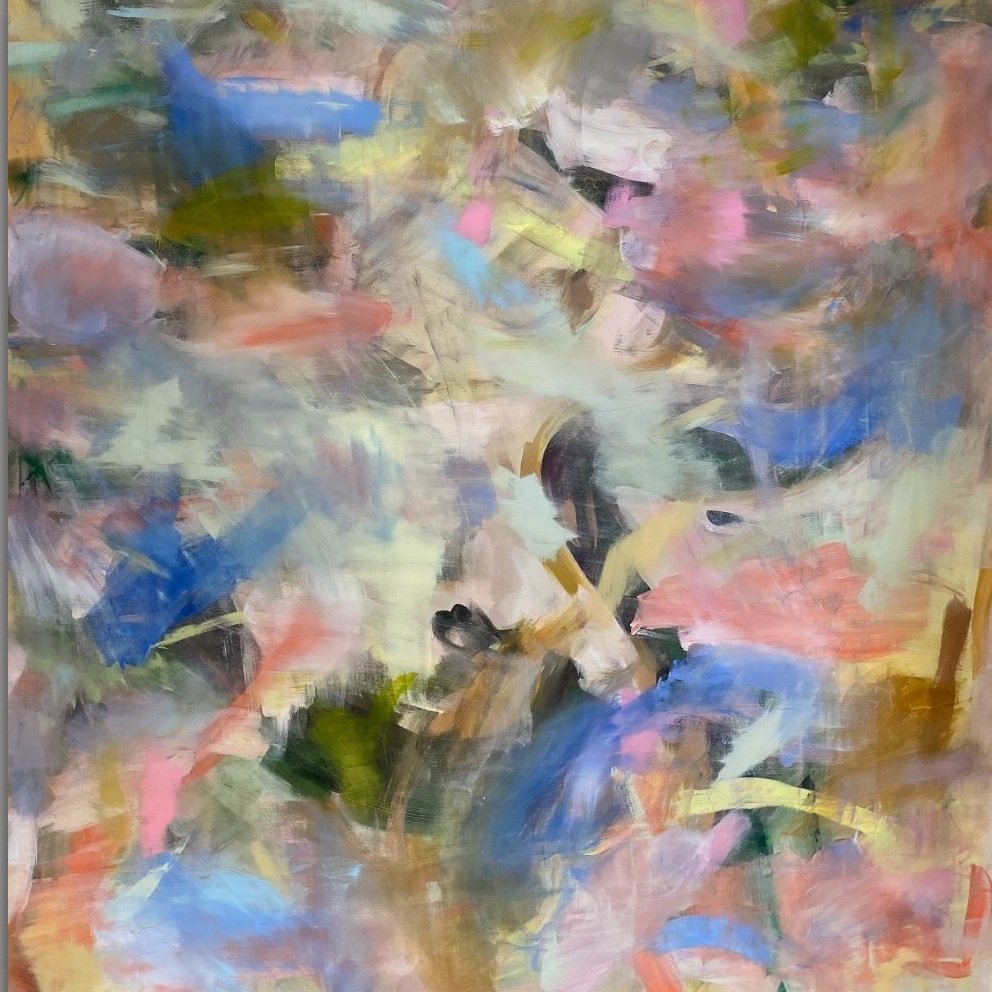
Outrun The Will Of The Gods
The gods may have written our fate, but we are not passive characters in their script. We are the ones who twist prophecy into possibility, who choose defiance over surrender. The struggle against destiny is not about escape—it’s about claiming the power to shape how the inevitable unfolds. To outrun the will of the gods is not to deny fate, but to demand our place in its making.
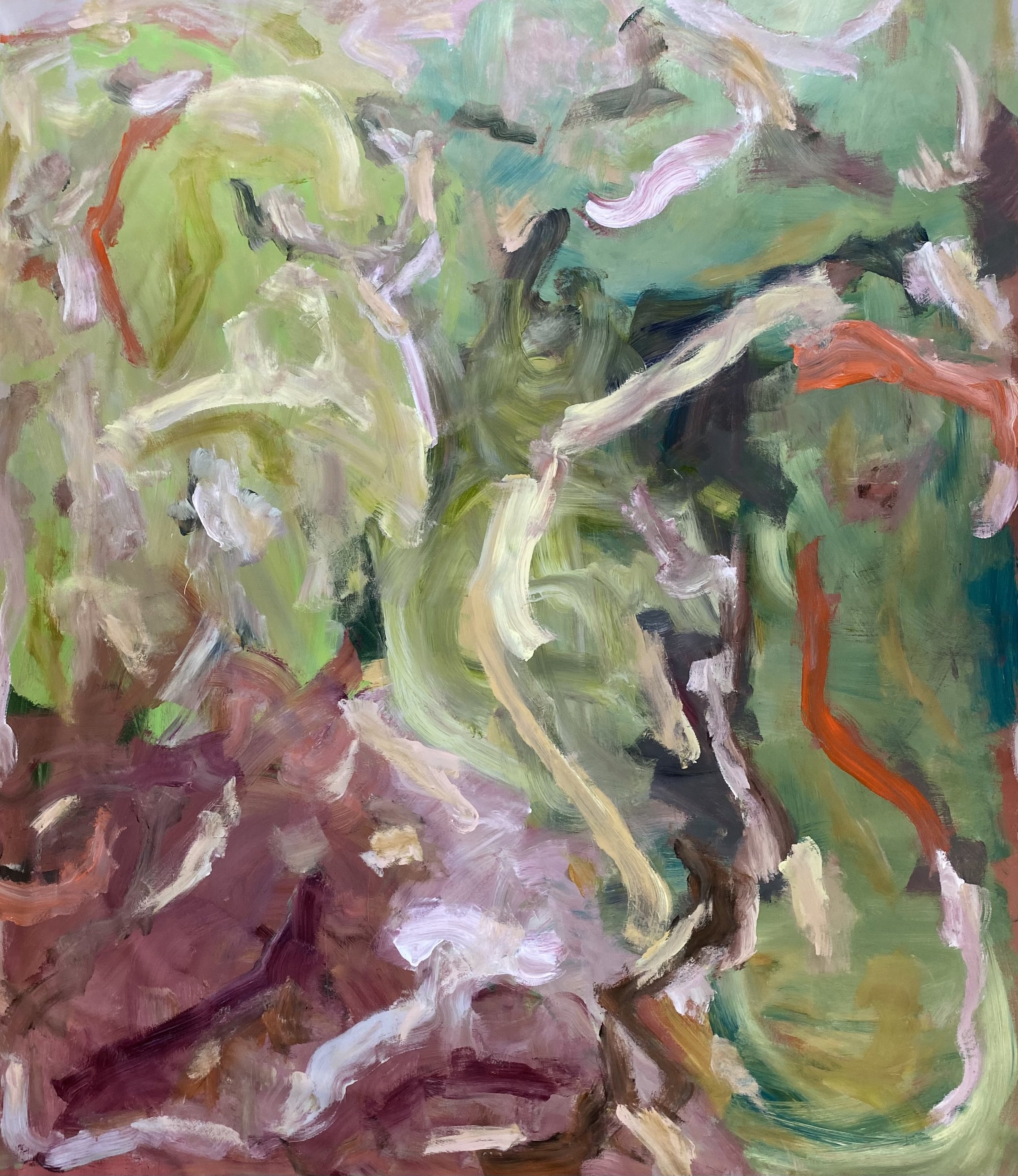
What mattered, still matters
The past doesn’t simply disappear—it lingers, shaping who we are and who we become. Healing isn’t about erasure; it’s about integration, about listening to what still echoes and understanding how it wants to move forward with us. What mattered, still matters—not as something to escape, but as something to honor, transform, and carry with intention.

Amythest
Healing isn’t about forcing change—it’s about allowing it. Like light passing through crystal, transformation happens when we soften into what is, rather than grasping for what should be. The tension between longing and surrender dissolves when we trust the unfolding, making space for clarity, resilience, and the radiance already within us.

Unreachable Moments
We spend our lives chasing moments—memories that haunt us, futures that won’t arrive fast enough, feelings that slip through our grasp. But true freedom comes in surrender. The present holds everything we seek, yet we resist it, believing fulfillment lies elsewhere. When we stop grasping and fully inhabit what is, we unlock the very thing we’ve been chasing.

Parts
We are made of many parts—some we embrace, others we reject. But healing isn’t about erasing the pieces that don’t fit neatly into our narrative; it’s about giving them a seat at the table. The parts that lash out, shut down, or sabotage aren’t enemies—they’re protectors, shaped by past wounds. When we stop fighting them and start listening, we unlock the power to heal, integrate, and step into our full potential. True transformation begins when we make peace with every version of ourselves.

Samghatta
Growth is forged in collision—the meeting of light and shadow, longing and resistance, past and future. The sun and moon do not simply coexist; they press into each other, their rays colliding to create something greater. We, too, are shaped by friction. It is in the tension, the impact, the edges of experience where new life takes root. Transformation is not gentle—it burns, it blinds, it breaks us open. But in that breaking, we are revealed.